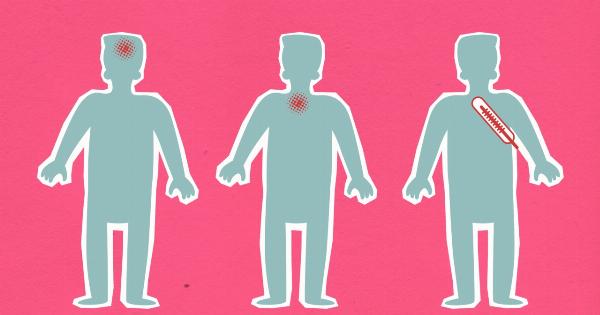Parkinson’s disease (PD) is a chronic, progressive neurodegenerative disorder that affects the central nervous system. It primarily affects movement, causing symptoms such as tremors, stiffness, and impaired balance.
Despite extensive research and growing awareness, there are still many myths and misconceptions surrounding Parkinson’s disease that need to be addressed. Here, we will debunk ten common myths about Parkinson’s disease.
Myth 1: Parkinson’s disease is a rare condition
Contrary to popular belief, Parkinson’s disease is not uncommon. It is estimated that approximately 10 million people worldwide are living with PD.
While it is more prevalent among the elderly, young-onset Parkinson’s disease can also occur in individuals under the age of 50.
Myth 2: Parkinson’s disease only affects movement
Parkinson’s disease is commonly associated with motor symptoms such as tremors, stiffness, and bradykinesia (slowed movements).
However, it is a multi-faceted condition that can also involve non-motor symptoms, including depression, anxiety, sleep disturbances, cognitive changes, and gastrointestinal issues.
Myth 3: Parkinson’s disease is caused by old age
While Parkinson’s disease is more prevalent in older individuals, age alone is not the sole determining factor. Genetic mutations, environmental factors, and a combination of both are believed to contribute to the development of PD.
Consequently, individuals of any age can be affected.
Myth 4: Everyone with Parkinson’s disease has a resting tremor
Although a resting tremor is one of the hallmark symptoms of Parkinson’s disease, not all individuals with PD experience this specific tremor. Some people may experience different types of tremors, while others may not exhibit tremors at all.
Parkinson’s disease manifests differently in each person.
Myth 5: Parkinson’s disease is always hereditary
While certain genetic mutations can increase the risk of developing Parkinson’s disease, most cases of PD are not directly inherited. Less than 10% of Parkinson’s cases are linked to specific gene mutations.
The majority of cases are believed to be influenced by a combination of genetic and environmental factors.
Myth 6: Parkinson’s disease only affects older males
Though the prevalence of PD is slightly higher in males and the risk increases with age, Parkinson’s disease can affect individuals of all genders and age groups.
Women can also develop Parkinson’s disease, and young-onset PD is more common than previously thought.
Myth 7: Parkinson’s disease is not fatal
Parkinson’s disease is a progressive condition that currently does not have a cure.
While Parkinson’s itself is not considered directly fatal, it can substantially reduce quality of life and lead to complications that may ultimately be life-threatening. Complications can include falls, swallowing difficulties, pneumonia, and other related issues.
Myth 8: Parkinson’s disease can be prevented
Currently, there is no known way to prevent Parkinson’s disease. As the exact cause of PD remains unknown, there are no proven preventative measures. However, ongoing research aims to identify risk factors and develop strategies for risk reduction.
Myth 9: Parkinson’s disease is the same for everyone
Parkinson’s disease is a highly individualized condition. Symptoms can vary significantly among individuals, as can the rate of disease progression.
Each person’s experience with Parkinson’s is unique, which is why personalized treatment and care are necessary to manage the disease effectively.
Myth 10: There are no treatments available for Parkinson’s disease
While there is no cure for Parkinson’s disease, there are various treatments available to manage symptoms and improve the quality of life for individuals with PD.
Medications, such as levodopa, help restore dopamine levels and alleviate movement-related symptoms. Other treatment options include deep brain stimulation (DBS), physical therapy, occupational therapy, and speech therapy.



























